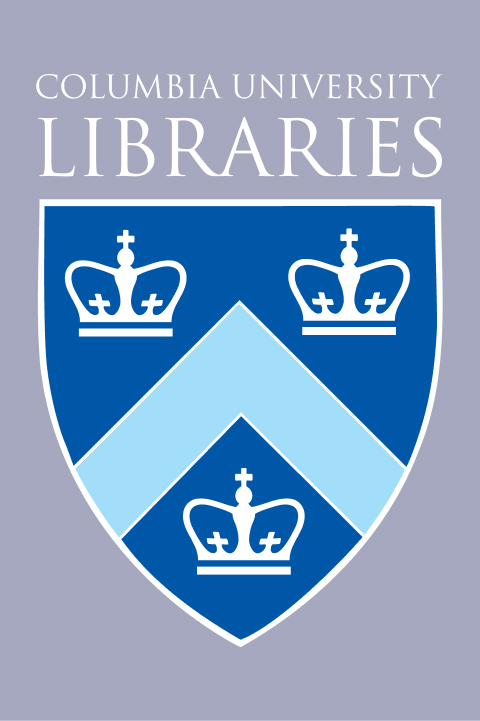Urban Planning Resources: Other Sources
Avery Librarians - Reference

Avery Architectural & Fine Arts Librarians
Contact:
avery@library.columbia.edu
300 Avery Hall
avery@library.columbia.edu
300 Avery Hall
Web Archives - Urban Planning / Real Estate
Web collecting
The Ivy Plus Libraries Confederation's Web Collecting Program is a collaborative collection development effort to build curated, thematic collections of freely available, but at-risk, web content in order to support research at participating Libraries and beyond. All Ivy Plus Libraries Confederation members participate in the Program.
Below is a selected list of built-environment related IPLC collections--see the full list here. All web archive collections are also findable in CLIO.
- Collaborative Architecture, Urbanism, and Sustainability Web Archive (2014-present)
The Collaborative Architecture, Urbanism, and Sustainability Web Archive (CAUSEWAY) is a joint initiative by the art and architecture librarians of the Ivy Plus Libraries Confederation. This project aims to preserve websites devoted to the related topics of architecture, urban fabric, community development activism, public space and sustainability in order to guarantee the continuing availability of these important but potentially ephemeral documents for researchers and scholars.
Columbia Collections (full list here):
- New York City Places and Spaces (2010-present)
A growing collection of websites selected by the Avery Architectural and Fine Arts Library staff for web archiving preservation by the Columbia University Libraries' Web Resources Collection Program. Website captures began in 2010 and are ongoing; in 2020, to reflect the collection's evolving subject focus, the collection title was changed to 'New York City Places and Spaces' (from the original 'Avery Library Historic Preservation and Urban Planning'). The collection's principal thematic focus is documenting the evolution of the built environment and public spaces in and around New York City through the interaction of historic preservation efforts and new development projects within urban planning debates. Selected websites are mostly published by non-profit groups or individuals based in the New York City area, including historic preservation groups, neighborhood associations, community development groups, public policy organizations, parks and open space conservancies, and both sponsors and critics of ongoing development projects